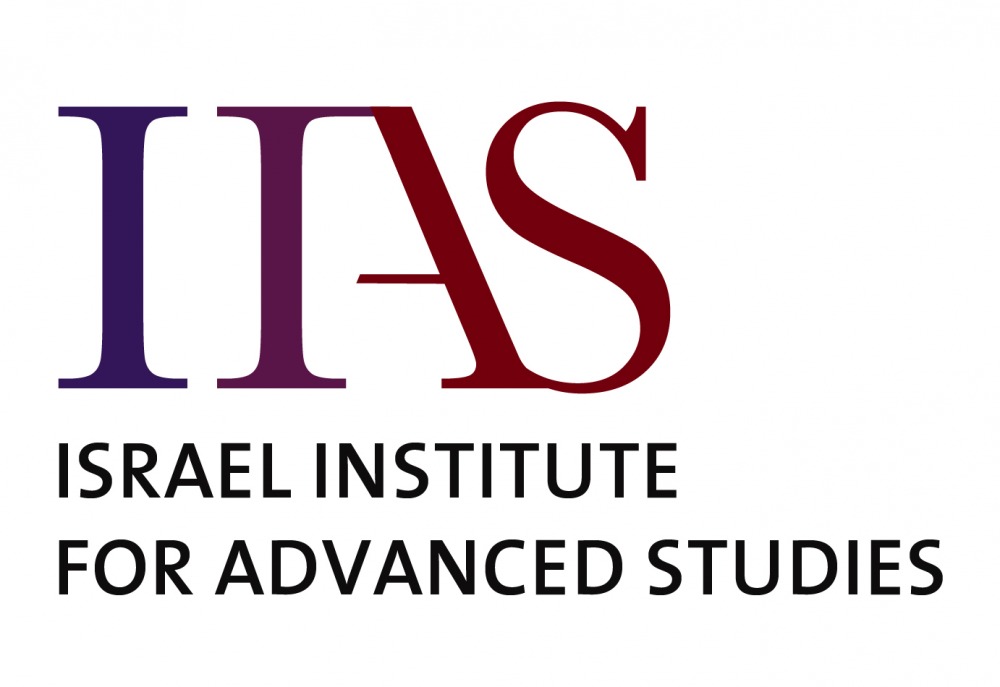
Join us for an open lecture by Prof. David Reich, professor in the Department of Genetics at Harvard Medical School, for a fascinating lecture on "The Genetic History of the Southern Arc: A Bridge between West Asia & Europe".
The lecture will be held in-person at the Israel Institute for Advanced Studies at 11am on Tuesday, 12 July 2022. There will not be an option to attend virtually.
We present an integrative genetic history of the Southern Arc, an area divided geographically between West Asia and Europe, but which we define as spanning the culturally entangled regions of Anatolia and its neighbors, in both Europe (Aegean and the Balkans), and in West Asia (Cyprus, Armenia, the Levant, Iraq and Iran). We employ a new analytical framework to analyze genome-wide data at the individual level from a total of 1,320 ancient individuals, 731 of which are newly reported and address major gaps in the archaeogenetic record. We report the first ancient DNA from the world’s earliest farming cultures of southeastern Anatolia and northern Mesopotamia, as well as the first Neolithic period data from Cyprus and Armenia, and discover that it was admixture of Natufian-related ancestry from the Levant—mediated by Mesopotamian and Levantine farmers, and marked by at least two expansions associated with dispersal of pre-pottery and pottery cultures—that generated a pan-West Asian Neolithic continuum. Our comprehensive sampling shows that Anatolia received hardly any genetic input from Europe or the Eurasian steppe from the Chalcolithic to the Iron Age; this contrasts with Southeastern Europe and Armenia that were impacted by major gene flow from Yamnaya steppe pastoralists.
In the Balkans, we reveal a patchwork of Bronze Age populations with diverse proportions of steppe ancestry in the aftermath of the ~3000 BCE Yamnaya migrations, paralleling the linguistic diversity of Paleo-Balkan speakers. We provide insights into the Mycenaean period of the Aegean by documenting variation in the proportion of steppe ancestry (including some individuals who lack it altogether), and finding no evidence for systematic differences in steppe ancestry among social strata, such as those of the elite buried at the Palace of Nestor in Pylos.
A striking signal of steppe migration into the Southern Arc is evident in Armenia and northwest Iran where admixture with Yamnaya patrilineal descendants occurred, coinciding with their 3rd millennium BCE displacement from the steppe itself. This ancestry, pervasive across numerous sites of Armenia of ~2000-600 BCE, was diluted during the ensuing centuries to only a third of its peak value, making no further western inroads from there into any part of Anatolia, including the geographically adjacent Lake Van center of the Iron Age Kingdom of Urartu. The impermeability of Anatolia to exogenous migration contrasts with our finding that the Yamnaya had two distinct gene flows, both from West Asia, suggesting that the Indo-Anatolian language family originated in the eastern wing of the Southern Arc and that the steppe served only as a secondary staging area of Indo-European language dispersal. The demographic significance of Anatolia on a Mediterranean-wide scale is further documented by our finding that following the Roman conquest, the Anatolian population remained stable and became the geographic source for much of the ancestry of Imperial Rome itself.

